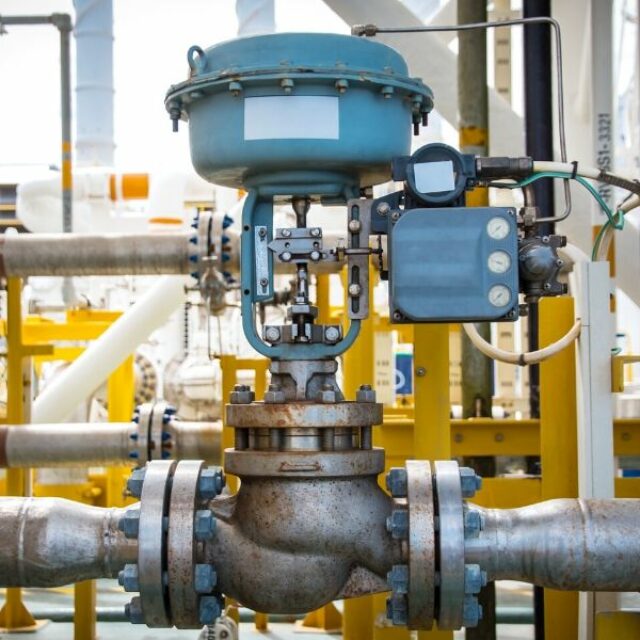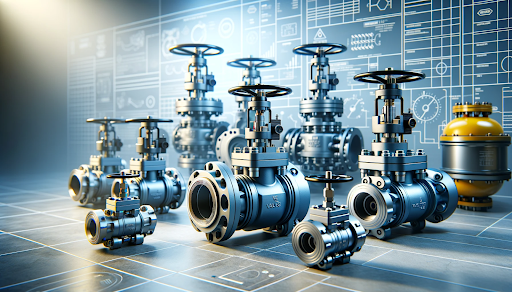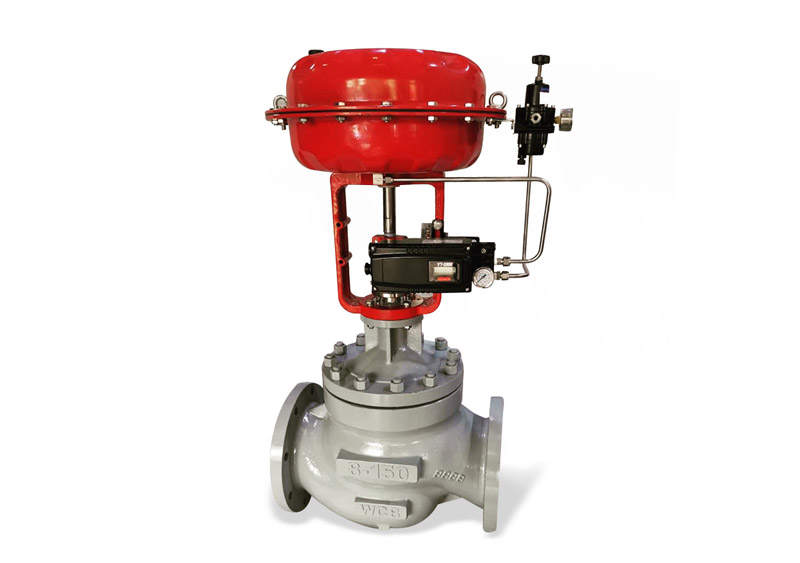Maximizing System Control with High-Performance Control Valves
Maximizing System Control with High-Performance Control Valves
Blog Article

Maximize Energy Savings and Comfort With Advanced Building Automation Controls
In the realm of contemporary architecture and facility management, the combination of advanced structure automation regulates stands as a crucial development. The merging of innovation and sustainability has birthed a new era where energy effectiveness, comfort optimization, and operational streamlining are no more distant aspirations yet obtainable facts. By harnessing the power of automation, structures can adjust, react, and progress in manner ins which were as soon as unthinkable. The possibility for substantial energy financial savings and enhanced convenience is not just a pledge yet a possibility waiting to be satisfied. This paradigm shift in building administration holds the crucial to unlocking a globe where environmental conscientiousness and passenger health harmoniously coexist within the walls of our frameworks.
Energy Performance Conveniences
Power performance advantages can significantly decrease energy intake and functional expenses in structures. Energy-efficient systems, such as advanced building automation controls, can optimize the usage of resources like heating, cooling, and illumination, leading to lower energy expenses over time.
Moreover, boosted power effectiveness can extend the life-span of structure equipment and systems. By operating extra effectively, HVAC systems, lighting fixture, and other building parts experience much less damage, leading to minimized upkeep and replacement prices. Additionally, energy-efficient buildings often regulate higher building values and rental rates, supplying lasting economic benefits to proprietors.
Additionally, energy efficiency can improve owner comfort and efficiency. Appropriately controlled indoor atmospheres with optimum lighting and thermal conditions develop a more favorable and pleasant workspace, bring about improved staff member complete satisfaction and performance. In general, the power effectiveness advantages related to advanced structure automation controls are diverse, including price financial savings, environmental stewardship, and occupant wellness.
Enhanced Convenience Control
Enhancing comfort control in structure atmospheres calls for an advanced combination of innovative automation systems for optimum occupant wellness. By making use of sophisticated building automation controls, facilities can tailor the indoor setting to meet the particular requirements and preferences of occupants. These systems make it possible for exact law of air flow, temperature, and lights, producing a effective and comfortable ambience. Resident complete satisfaction and performance are very closely linked to thermal convenience, making it vital to have systems in position that can adapt to altering conditions in real-time.
Improved convenience control surpasses basic temperature level adjustments. It consists of features such as tailored setups, tenancy sensors, and natural light use to produce a dynamic and responsive setting. By including these innovative controls, structures can not only improve convenience however likewise boost power efficiency by maximizing system procedures based upon actual tenancy and use patterns. Eventually, focusing on occupant convenience via innovative automation systems brings about a much more enjoyable and healthier indoor atmosphere.
Functional Effectiveness Improvements

Additionally, the application of real-time surveillance and analytics devices makes it possible for building drivers to recognize energy ineffectiveness and operational anomalies without delay. By constantly keeping track of energy use patterns and system performance metrics, changes can be made in real-time to optimize power usage and guarantee peak functional effectiveness. control valves. Additionally, integrating need reaction techniques into structure automation controls can further boost functional effectiveness by dynamically readjusting energy usage based on grid conditions and rates signals
Indoor Environment Optimization
Effective indoor environment optimization is an essential element of structure automation controls, guaranteeing owners' convenience and well-being while taking full advantage of power savings. By making use of advanced sensors and controls, constructing automation systems can constantly monitor and adjust temperature level, humidity degrees, air top quality, and air flow to develop an optimal interior setting. Keeping regular and comfy conditions not only enhances owner contentment however also enhances productivity and total well-being.
Interior environment optimization also plays an important function in power efficiency. By fine-tuning home heating, air flow, and cooling systems based upon real-time information and tenancy patterns, building automation controls can significantly reduce power consumption - control valves. Implementing approaches such as demand-controlled ventilation and thermal zoning can aid decrease energy waste while making visit homepage sure that each location of the structure receives the needed conditioning.

Sustainable Atmosphere Production
Building automation controls not just optimize interior environment conditions for power efficiency and resident comfort yet additionally lay the structure for producing a sustainable atmosphere with strategic management of systems and sources. By incorporating innovative building automation technologies, such as sensors, actuators, and smart software program, centers can check and change energy usage in real-time to decrease waste and lower their carbon impact. These systems allow predictive maintenance, recognizing potential concerns before they escalate and optimizing tools performance to enhance longevity and efficiency.
Furthermore, lasting setting production expands past energy management to include water conservation, waste decrease, and interior air high quality renovation. Building automation controls can manage water use, detect leaks, and make certain proper waste disposal practices, adding to total sustainability initiatives. Additionally, by monitoring and controlling ventilation and purification systems, these technologies enhance owner health and efficiency while lowering power usage connected with a/c operations.
Verdict
To conclude, progressed structure automation controls deal substantial advantages in terms of power savings, convenience control, functional effectiveness, interior climate optimization, and producing a lasting setting. By applying these controls, structures can attain optimum efficiency while decreasing power intake and boosting occupant comfort. It appears that making use of innovative automation technology is critical in enhancing building efficiency and developing an extra sustainable future.
Power performance advantages can dramatically reduce power usage and functional expenses in structures. On the whole, the power efficiency benefits associated with sophisticated structure automation controls are diverse, encompassing price savings, ecological stewardship, and resident health.
Additionally, incorporating need response methods into structure automation controls can further improve functional performance by dynamically readjusting energy usage based on grid problems and rates signals.
Structure automation manages not just maximize indoor climate problems for energy efficiency and occupant convenience but additionally lay the structure for producing a sustainable atmosphere via calculated management of resources and systems.In final thought, advanced structure automation manages deal considerable advantages in terms of power savings, convenience control, operational effectiveness, interior climate optimization, and developing a sustainable environment.
Report this page